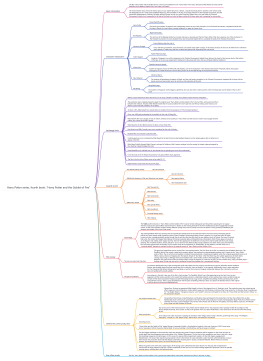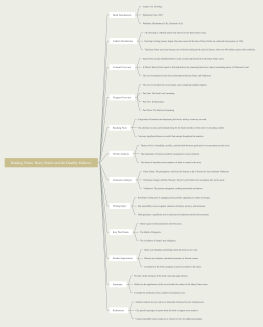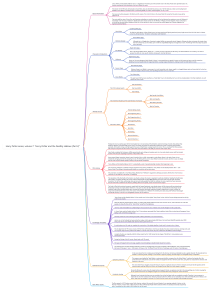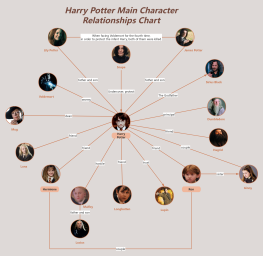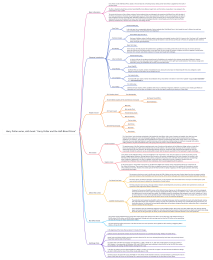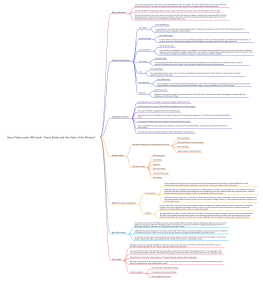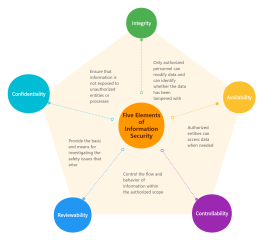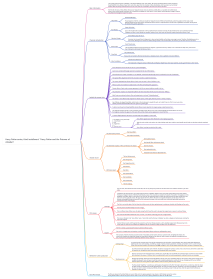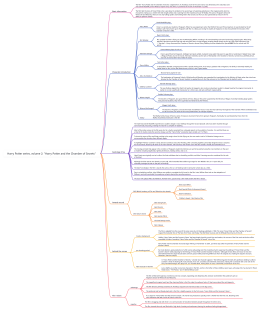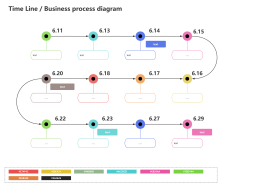Harry Potter series, volume 7 Harry Potter and the Deathly Hallows Part 1
2024-08-21 15:08:08 0 Report
Login to view full content
Other creations by the author
Outline/Content
Basic information
"Harry Potter and the Deathly Hallows: Part 1" is adapted from chapters 1 to 24 of the seventh book in the Harry Potter series by British author J.K. Rowling and serves as the final installment in the Harry Potter film series.
The film stars Daniel Radcliffe, Emma Watson, Rupert Grint, and others. The director is David Yates, who also directed the fifth and sixth installments.
The movie story begins with Harry, Ron, and Hermione undertaking a dangerous mission. They need to track down and find Voldemort's secret and destroy him. The magical world has been shrouded in darkness, with Voldemort even occupying Hogwarts and capturing all dangerous heretics for threats. Harry's only hope is to find the Horcruxes before Voldemort captures him.
Character introduction
Harry Potter
Daniel Radcliffe plays
The little boy with glasses, riding a flying broom, has been growing and fighting tenaciously every single second since his birth. Now he is about to face his ultimate fate—the direct confrontation with Voldemort.
Hermione Granger
Emma Watson plays
Although she is a Muggle-born, Hermione's magical abilities are among the top at Hogwarts. Perhaps she does not possess the innate charm that Harry Potter has, but she makes up for it with her unparalleled diligence and eagerness to learn. The little girl from those days has grown into a sexy witch.
Ron Weasley
Rupert Grint plays
Ron is the eternal sidekick of the "Magic Trio" - he does not have a glorious past like Harry, who faced Voldemort in his infancy, nor does he possess the ability to come up with solutions to crises like Hermione does every time the team encounters one.
Voldemort
Ralph Fiennes plays
Known as "the most dangerous dark wizard in history," most people dare not speak his name, and this name was later cursed for protection. Speaking it out loud would break the magical protection, causing magical disturbances, making it easier for Death Eaters to track.
Draco Malfoy
Tom Fulton plays
This pale-faced child has been classified as a "Death Eater" due to his bloodline, but he is not truly irredeemable; in the final installment, one will witness his inner turmoil.
Awards record
2011 Oscar Award
Best Art Direction
Best visual effect
2011 British Academy of Film and Television Arts Awards
Best Special Visual Effects
Best Makeup & Hairdo
2010 Saturn Award
Best Director
Best attire
Best special effects
The best fantasy movie
The best makeup
Film review
The plot is bland and lacks suspense.
The "Harry Potter" series has always maintained a high standard of visual effects, with a sense of mystery and magical colors that have never failed to impress audiences in terms of photography, lighting, and special effects. Each film has shown technical advancements, and this installment is no exception. "Harry Potter and the Half-Blood Prince" features a predominantly dark palette, giving viewers a very cold feeling. Particularly, the scenes depicting Voldemort's youthful memories and the sneaky Draco Malfoy becoming a demonic messenger both evoke a chilling sensation. The pale and handsome faces of the young actors also present a cold and beautiful aesthetic.
The opening scenes of the film, featuring a rapid panoramic sweep of London and the explosion on the Millennium Bridge, achieve a visual effect that is truly astonishing; the subtle flirtation between Xiao Ha and the waitress in the small subway café, along with the complex emotional relationships among the main characters, all add interesting elements to the film. These Easter eggs, interspersed throughout the main plot, occasionally stimulate the audience's nerves, providing a bit of comic relief that prevents weariness from the headmaster's lengthy monologue.
The film serves as a bridge between the past and the future.
In the film "Harry Potter and the Deathly Hallows: Part 1," amidst the dim and chilly forest, the "Magic Trio" is seen running for their lives, with sparks sprinkled in the foreground, instantly highlighting the peril and challenges of this installment. The film continues from the previous one with the death of Headmaster Dumbledore, and by chapter 24, Voldemort seizes the Elder Wand, sending the plot into a sharp downward spiral with ups and downs, yet it becomes even darker. It also sets the stage for the 2011 sequel "Harry Potter and the Deathly Hallows: Part 2," where the battle for the Sword of Gryffindor and the clarification and mystique surrounding Snape's identity are revealed, as well as the buildup to Harry Potter's "final battle" with Voldemort. The suspense created by the film will further captivate the audience.
Most praised as the most wonderful
behind the scenes production
Divided into two parts
"Harry Potter and the Deathly Hallows" is the last novel in the "Harry Potter" series, and its author J.K. Rowling poured a great deal of effort into this final installment. The completed "Deathly Hallows" consists of 36 chapters plus an epilogue, and the American edition of "Deathly Hallows" spans 759 pages (the British edition has 607 pages). Given the vastness of this volume, it is unimaginable to adapt the novel into a single film in every detail, so the final movie was split into two parts.
Actually, "The Deathly Hallows" was not the first "Harry Potter" film to be discussed as a two-part movie; "Harry Potter and the Goblet of Fire" was once considered for a split release.
Original creative team
Before David Yates was officially announced as the director, Alfonso Cuarón, who had previously directed "Harry Potter and the Prisoner of Azkaban," and Guillermo del Toro, who had missed the opportunity to direct "The Prisoner of Azkaban," had both expressed interest in helming the film. However, del Toro was busy with the pre-production of "The Hobbit" at the time and had to pass.
Considering this is the final installment of the series, producer David Heyman wanted this film to be consistent with the style of the first two "Harry Potter" films, so he easily thought of the director of the first two, David Yates.
Apart from directorial issues, the production team also encountered some problems in choosing a cinematographer. Since the French cinematographer Bruno Delbonnel, who shot "The Half-Blood Prince," did not want to continue with "Harry Potter," the team found itself in a predicament over selecting a cinematographer. In the end, Heyman brought in Eduardo Serra, a cinematographer known for his work on films such as "Blood Diamond," "The Constant Gardener," and "Girl with a Pearl Earring," to take the helm.
Special effects production
The "Harry Potter" film series has always been produced by Industrial Light & Magic for the main special effects shots, but starting with "Harry Potter and the Deathly Hallows: Part 1," with Industrial Light & Magic's exit, the British special effects company Double Negative began to provide the main special effects services for the films. In fact, starting with "Harry Potter and the Prisoner of Azkaban," Double Negative has provided special effects services for each Harry Potter film.
In "Harry Potter and the Deathly Hallows Part 1," the special effects team led by Tim Burke was mainly responsible for the following scenes in the film: the rusting of the Warner Bros. logo at the beginning, the digital extension and 3D effects creation of the surrounding environment of the Burrow and the Lovegood house, the improvement of the "smoke" effect during the flight of the Death Eaters and the transition upon landing, and the notification of Patronuses during the wedding. Additionally, the film collaborated with Framestore to produce the animated short "The Tale of the Three Brothers." They also participated in the creation of CGI creatures, such as Dobby and Kreacher.
Music production
David Yates first found a composer who had worked with him before, Nicholas Hooper, but Hooper declined the director's request.
Out of desperation, John Williams, who had composed the music for the first three Harry Potter films, was found. After checking his schedule, Williams agreed to it. However, in the end, he was unable to go through with it.
Alexander Desplat took up the baton for music production, using the Hedwig's Theme composed by Williams for "Harry Potter and the Chamber of Secrets" in the film. Starting on August 14, 2010, Desplat and the London Symphony Orchestra recorded the film's music together.
Clothing design
In October 2010, reports emerged on the eve of the film's release that its costume designer, Jenny Temime, had plagiarized Alexander McQueen's wedding dress design from 2008.
Janie Temime merely drew inspiration and cannot be said to have completely plagiarized. McQueen's garments featured bird patterns, but he used peacocks. Temime replaced the peacock's head with that of a phoenix, yet she neglected to alter the feathers. Consequently, in Temime's design, the phoenix's feathers are clearly those of a peacock.
backstage trivia
"Harry Potter and the Deathly Hallows" is a movie. However, considering the length of the novel and the requirement to present the content of the novel in its original form in the movie, the producers decided to split the film into two parts.
John Williams, who composed the music for the first three films of the "Harry Potter" series, once expressed his willingness to compose music for this film, but ultimately it did not come to fruition.
Domhnall Gleeson plays Bill Weasley in the film, who is the son of Brendan Gleeson, the actor portraying Mad-Eye Moody in this movie.
In the first episode of "Harry Potter," the famous dwarf actor Warwick Davis played the goblin Winky, and he is also one of the few American actors in the "Harry Potter" series. Warwick Davis will continue to play Professor Filius Flitwick, a role he has portrayed in the first six episodes.
Actors John Hurt and Bill Nighy once played significant roles in "The Lord of the Rings." However, the "Lord of the Rings" they appeared in was not Peter Jackson's trilogy. John Hurt once provided the voice for Aragorn in Ralph Bakshi's animated version of "The Lord of the Rings"; Bill Nighy, on the other hand, lent his voice to the BBC radio drama of "The Lord of the Rings."
Brendan Gleeson and David O'Hara are reunited in the film. This is the first time the two actors have worked together since "Braveheart" in 1995.
David Holmes, the stunt double for "Harry" Daniel Radcliffe on set, sustained serious injuries while filming a stunt scene. He was supposed to fall from the air to the ground after an explosion. This scene resulted in severe back injuries for him.
Bruno Delbonnel, a French photographer, refused to shoot the last two episodes of "Harry Potter," stating he did not want to repeat himself. The production team then brought in Eduardo Serra, a photographer of French and Portuguese descent, to direct the cinematography for the films.
Although Emma Thompson has publicly stated that she is not willing to play a role in "Harry Potter" again, there are still reports that she has participated in the filming of the movie.
Jason Isaacs once contemplated whether he should participate in the filming of the movie, as at the end of the fifth novel, the character he played was arrested and imprisoned. M. Night Shyamalan has expressed interest in directing this film.
Box office results
The film was officially released in the United States on November 21, 2010, and in its first weekend, it was shown in 4,125 theaters across the country, earning a box office revenue of $125 million.
On the same day, November 21, 2010, the film also premiered in its original setting in the United Kingdom, opening in 579 theaters across the country in its first week and earning a box office revenue of 183 million.
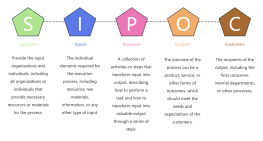
Collect
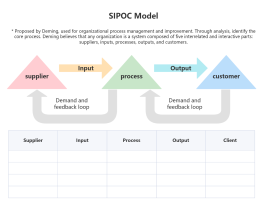
Collect
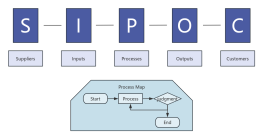
Collect
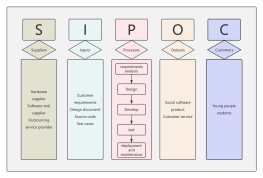
Collect
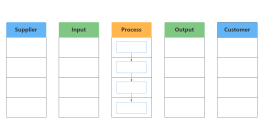
Collect

0 Comments
Next page
Recommended for you
More
